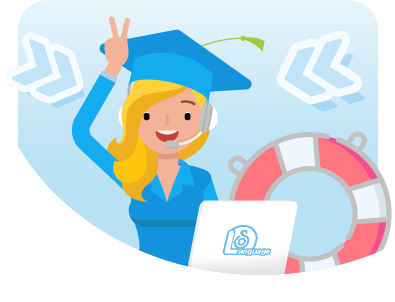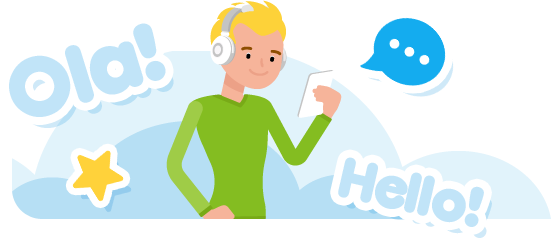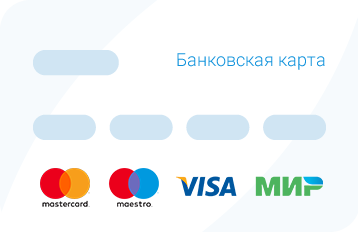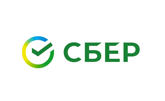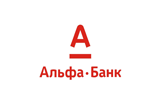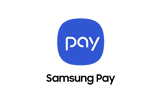
Hello! My name is Ksenia, and I’m a client manager at the online language school Skype-Language.com. Every day, I help clients choose the right language course and find the best-suited teacher for their goals.
At first glance, online learning might seem like a one-size-fits-all solution — but in reality, there are many different formats, and the approach you choose can significantly affect your results.
In this article, I’ll explain:
- why online learning is both convenient and effective;
- what types of online language courses exist;
- how to figure out which format suits you best;
- and what our school, Skype-Language.com, has to offer.
Why is online learning convenient and modern?
Online education has long since stopped being just an alternative to in-person classes. Today, more and more people are consciously choosing it — and here’s why:
- Flexibility
You get to choose your own schedule and pace. No need to stick to a specific timetable or location — you can study from home, a café, while traveling, or even during a break at work. - Time-saving
No more wasting hours commuting, sitting in traffic, or adjusting to someone else’s schedule. You can start a lesson in just a couple of minutes — all you need is a laptop or a phone. This is especially helpful for people with busy work, study, or family commitments. - Access to top teachers
You’re not limited to local options — you can learn from experienced teachers or native speakers from other cities or countries, often unavailable in your area. - Modern technology
Today’s platforms support video conferencing, lesson recordings, file sharing, interactive homework, and tracking your progress. Online lessons are no longer just “calls with a teacher” — they’re part of a fully digital learning environment.
What are the different formats of online learning?
There are several types of online language learning — each with its own pros and cons. Knowing what you want from a course is key to choosing the right format.
- Language Learning Apps
Apps like Duolingo, Memrise, Busuu etc. are the most accessible way to practice a language regularly. They offer vocabulary, phrases, and basic grammar in a gamified format.
Pros:
- Always at your fingertips
- Often free or low-cost
- User-friendly and easy to start
- Helps build a daily learning habit
Cons:
- No live speaking practice
- No teacher or feedback
- Grammar explanations are very basic
- May lack Russian-language support; e.g., you might have to learn Turkish via English
Best for: beginners, teens, or anyone looking to study in a light, game-like format — little by little, but consistently. - Self-Paced Courses on Platforms (like GetCourse, Udemy, etc.)
These are pre-recorded video or text lessons with quizzes and self-check tasks. You can take them at your own pace, often without time limits.
Pros:
- Well-structured: from simple to complex;
- Lifetime or long-term access;
- Typically inexpensive;
- Can be done anytime.
Cons:
- No live interaction;
- No opportunity to ask questions or get feedback;
- Same content for everyone — not tailored to your level or goals;
- Hard to stay motivated without external support.
Best for: independent learners who are self-disciplined and enjoy studying solo. - Courses or Marathons with Limited Teacher Support
Some schools offer independent courses or language “marathons” that include a few consultations with a teacher (e.g., 1–2 meetings per module). It’s a compromise between self-study and fully guided lessons. These programs usually have a time limit for completion.
Pros:
- More affordable than fully personalized lessons
- Great for self-learners who still want some guidance
- Ability to ask questions and get feedback
- Helps with motivation and discipline — you’re not completely on your own
Cons:
- Limited feedback
- Standard program not tailored to your needs
- Little or no live speaking practice
- Too few consultations — questions may go unanswered
Best for: learners who are motivated to study independently but need occasional support.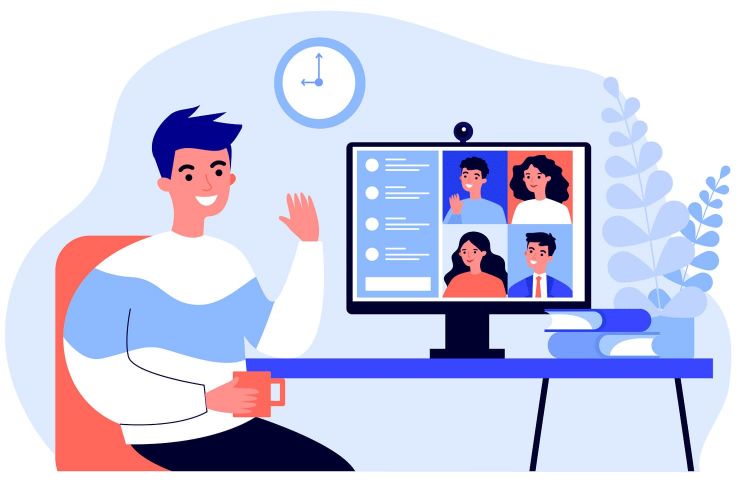
- Language courses with a tutor based on a standard program
This format offers structured courses created by a language school — for example, "English for Beginners" or "Pre-Intermediate English". A placement test is usually conducted beforehand to place you at the right level. Lessons can be held in groups or individually. Lessons are taught by a teacher, but the curriculum is fixed: the same topics, vocabulary, grammar, and exercises for all students, regardless of individual goals.
Pros:
- More affordable than private lessons
- Teacher guidance and regular schedule
- Covers all language skills systematically
- Great for organizing and reinforcing knowledge
Cons:
- Often requires full upfront payment
- Doesn’t take personal goals into account
- May be boring if you already know the topics, or too hard if you lack the basics
- No flexibility in pace or progression
Best for: those looking to strengthen grammar or organize their knowledge. - One-on-One Lessons with a Teacher (our main format)
This is the most personalized format. The course is designed specifically for you — based on your goals, interests, schedule, and learning style.
At Skype-Language.com, your teacher will:
- assess your current level;
- understand your goals (moving abroad, exams, business, travel, confident communication);
- create a personalized course plan and choose materials tailored to your needs;
- support you throughout the course and adjust the approach as you progress;
- use a modern platform to store your materials, notes, and homework;
- provide continuous feedback and encouragement at every stage.
Lessons are scheduled at your convenience and can take place via Teams, Zoom, Google Meet, Telegram, or our interactive platform where everything is saved in one place.
Pros:
Personalized approach
- Tangible progress thanks to goal-oriented learning
- Speaking practice from day one
- Ongoing feedback
- Flexible schedule and comfortable learning pace
- Works for all levels — from absolute beginners to advanced
- Suitable for any goal — from starting from scratch to preparing for international exams
But even this format has its drawbacks:
- More expensive than standard or automated courses
- Requires regular attendance, engagement, and effort — including doing homework
My recommendation? If you’re serious about getting real results, this is the format I suggest. It’s the one we focus on at Skype-Language.com, and we see it deliver great outcomes every day.
How to choose the right format for you?
Here are a few guiding scenarios:
“I want to study casually in the background, build my vocabulary a bit, maybe on the way to work, without stress or homework.”
→ Try a language learning app.
“I want to study on my own, but I need deadlines to stay motivated. I’m not ready to invest in private lessons yet.”
→ Go for a self-paced course or a supported marathon.
“I want to go through a general grammar course or improve my level with a standard program.”
→ Choose a structured online course with a teacher.
“I need to make real progress, fill grammar gaps, speak fluently, or prepare for a job interview, IELTS, or an international conference.”
→ You need a personal teacher and a tailored learning path.
Why choose Skype-Language.com?
Here’s what we offer:
- one-on-one lessons or mini-groups of 2 students;
- qualified, experienced teachers — including native speakers;
- a trial lesson to see if you’re comfortable with your teacher;
- a modern learning platform that saves all your progress and materials;
- we work with students and teachers from all over the world.
If you’d like to give it a try, sign up for a free trial lesson — there’s no commitment. I’ll help you choose the right teacher, define your goals, and get you started on a learning journey that’s both productive and enjoyable.
See you soon!
Ksenia, Client Manager at Skype-Language.com

